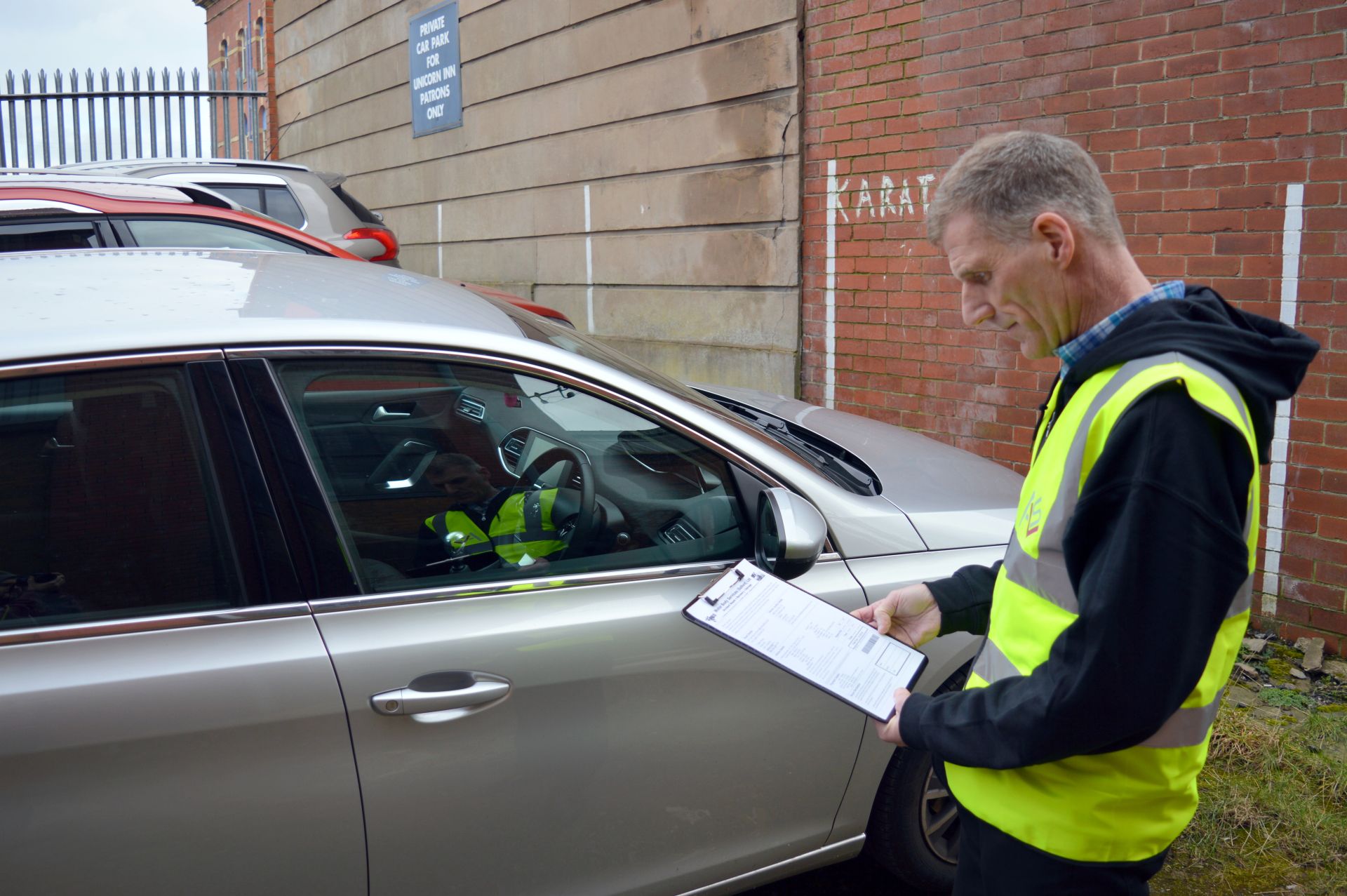
A non-fault claim is a situation where you, as the driver, are not the culpable party should your vehicle get damaged or if you sustain injuries due to an accident caused by another driver’s negligence. In instances where you find yourself involved in an accident that wasn’t caused by you, and the other involved driver acknowledges their fault or there is dashcam, witnesses or evidence to back this up, this is termed a “non-fault claim”.
Unfortunately, when it comes to insurance and accidents, insurance providers need to decide who is responsible for paying the costs of repairs and compensation for injuries. This means the accident needs to be assessed, to determine whether yours is a non fault claim or an at-fault claim.
To start with both drivers will be investigated to find out whether they broke any traffic laws during or leading up to the accident. For example. were both drivers travelling within the speed limit or were either of you speeding?
Insurance providers will use all the evidence they can find to determine who’s at fault, including any speed cameras, CCTV or even eye witness statements recorded by the police. Because of this, it is important that you gather any evidence you can. This could include eyewitness accounts, but photographic or video evidence is best, such as dashcam.
However, a crucial piece of advice to bear in mind is that if you’re involved in an accident, avoid impulsively getting our of your vehicle and apologising. Even if done innocently, it can be misconstrued as an admission of guilt and could be detrimental to your claim.
Once the insurance providers have gathered their evidence, they’ll decide who was at fault for the accident. If you disagree with the decision, you can contest it by writing to them. The majority of insurers are members of the ABI (Association of British Insurers), but this is not compulsory. If you don’t get the result you were hoping for, you could then take your complaint to the Financial Ombudsman Service.
Using a non-fault accident management company can be the easiest and most efficient way to get mobile again as soon as possible, taking away the hassle and stress of coordinating with your insurer, the other parties’ insurer and all the legal aspects.